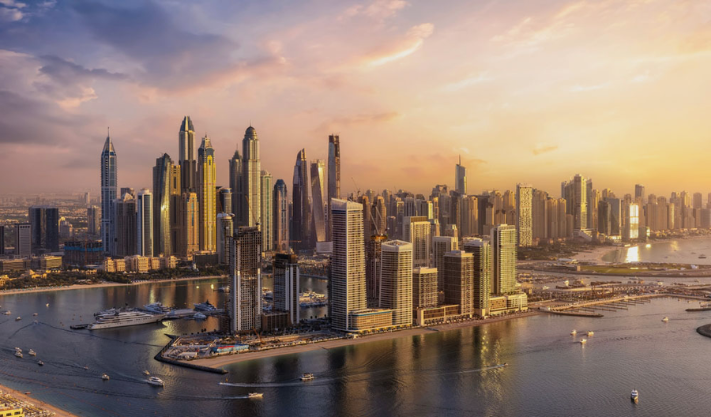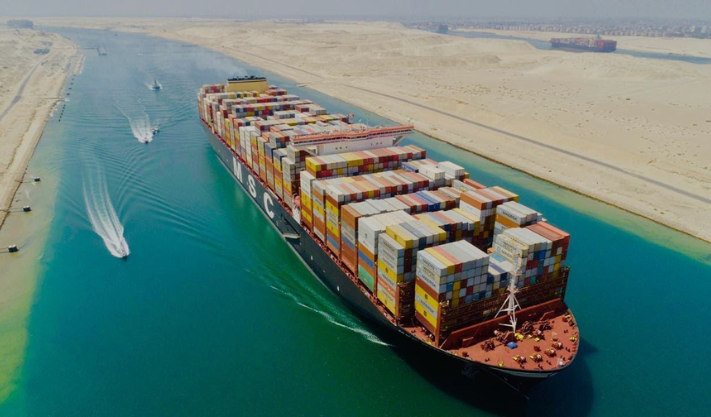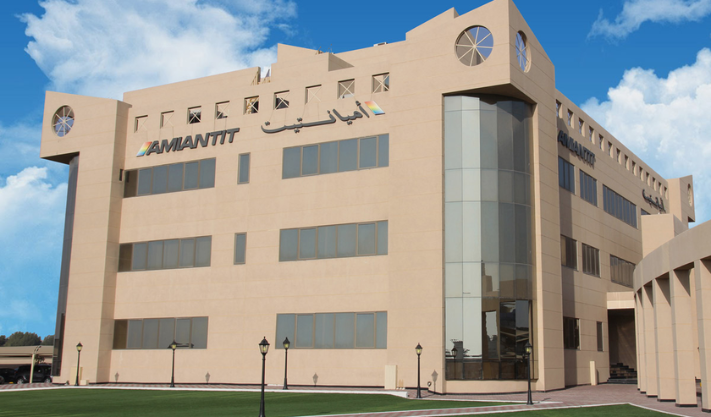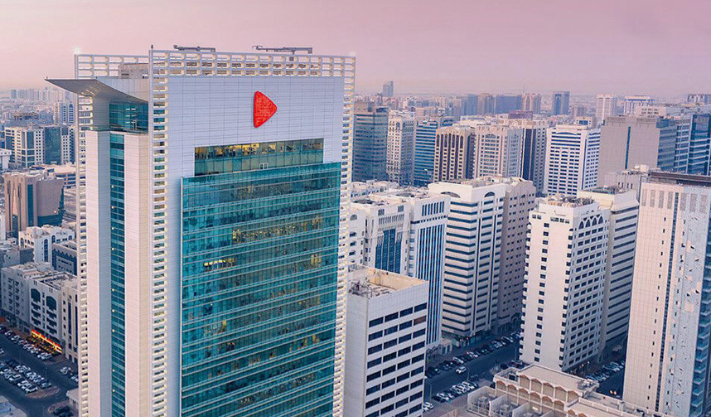How Regional Conflict Is Shaping Real Estate — And Why the GCC Stays Strong
Wars and political tensions often hurt real estate markets. But Gulf Cooperation Council (GCC) countries like Saudi Arabia and the UAE have stayed strong. Their stable politics and growing economies have made them safe places for investors from across the region.
As conflicts grow in other parts of the Middle East, more people and money are moving toward GCC countries. This has helped boost growth in housing, commercial buildings, and hotels.
GCC Real Estate: A Safe Place for Investors
The Middle East has seen many conflicts recently — from the war in Gaza to clashes in Syria and tensions in the Red Sea. These issues have hurt key sectors like energy, transport, and property. However, not all countries have been affected in the same way.
Some nations have lost investor confidence and seen property prices fall. Meanwhile, the GCC countries have attracted investors looking for safety, keeping their real estate markets strong and stable.
Saudi Arabia and the UAE, in particular, have faced little disruption from recent conflicts. Even when an airstrike in Doha targeted Hamas leaders in September, Qatar’s real estate market quickly recovered, showing the overall strength of the GCC region.
A Growing and Resilient Sector
The GCC’s real estate strength isn’t just because of its safety. Ambitious government plans, large infrastructure projects, and strong economies are also driving the market forward. Fast population growth and expanding cities continue to raise demand for both housing and office spaces.
“Global investors remain confident in Dubai, Abu Dhabi, and Riyadh for their stability and high-quality real estate,” says Aliaa ElEsaaki, Senior Research Manager at Knight Frank MENA.
According to IMARC Group, the GCC’s real estate market was worth $131.9 billion in 2024 and could nearly double to $252.8 billion by 2033—a sign of strong long-term potential despite global uncertainty.
UAE: The Region’s Bright Spot
The UAE stands out as one of the most resilient real estate markets in the Middle East. Political and economic instability in nearby countries has pushed both investors and skilled workers to the UAE, where they find stability and opportunity.
“The UAE remains a safe haven for international investors,” says ElEsaaki. “Steady growth is supported by population expansion, economic diversification, and continued government spending on infrastructure.”
In Abu Dhabi, real estate transactions jumped 39% in the first half of 2025 to $14.1 billion, compared to $10.1 billion a year earlier, according to the Abu Dhabi Real Estate Centre (ADREC). The total number of property deals rose 12% to 14,167.
Dubai also saw a strong rise. Real estate transactions reached $117.3 billion in the first half of 2025, up 25% from $93.3 billion the previous year, according to the Dubai Land Department. The total number of deals increased 26% to 125,538, while all real estate activities — including sales and leases — crossed 1.3 million transactions in the same period.
Saudi Arabia
Saudi Arabia’s real estate market is growing fast, supported by the Vision 2030 plan, more foreign investment, and strong government backing for affordable housing. Big projects like NEOM and Diriyah Gate are attracting both local and international investors, making the country one of the most active property markets in the region.
In July 2025, the government approved a new law that allows non-Saudi nationals to own real estate. This move is expected to bring in more investors and further grow the sector.
According to the General Real Estate Authority, property deals in Saudi Arabia reached a total value of $319.8 billion between July 2023 and July 2025. This growth supports Vision 2030’s goal to increase homeownership from 63.7% in 2023 to 70% by 2030.
During the first half of 2025, the number of housing transactions rose 7% to almost 93,700 deals, worth around $20.6 billion, according to Knight Frank. The main reasons for this rise include more mortgage activity, government housing programs, and new housing developments in major cities.
The city of Madinah showed the strongest growth, with residential transaction values jumping 49% to $910 million in early 2025.
However, in Riyadh, transactions fell 31%, and total value dropped 20% to $7.7 billion in the same period. Experts said this is a normal market adjustment, not a major slowdown. Despite fewer deals, apartment prices in Riyadh still went up 10.6% in the second quarter of 2025.
According to ElEsaaki, “Riyadh has become the main hub for Saudi Arabia’s economic transformation and international business. In 2025, strong demand for top-quality office spaces led to a 23% rise in prime office rents compared to last year.”
Real Estate Growth Across the GCC
Real estate markets in other GCC countries also grew strongly in 2025:
-
Qatar: Residential sales increased 114% year-on-year in Q2 2025, reaching $2.5 billion from 1,844 transactions.
-
Kuwait: Real estate sales rose 45% in Q1 2025 to $2.9 billion, with growth across all sectors.
-
Bahrain: Transactions increased 3.9% to $2.1 billion in the first half of 2025, totaling 5,099 deals.
-
Oman: The value of property sales grew 12.4% to $1.6 billion in the first six months of 2025.
What to Expect Next
The Kuwait Financial Centre (Markaz) predicts that real estate markets in the Gulf will keep growing in the second half of 2025. This is due to lower interest rates, strong government spending, and continued investment in economic diversification.
Published: 27th October 2025
For more article like this please follow our social media Twitter, Linkedin & Instagram
Also Read:
Egypt Raises Fuel Prices for the Second Time in 2025
Top 3 Things to Check Before You Buy Any Supplement
King Salman Gate: New Mega Development Announced in Makkah





